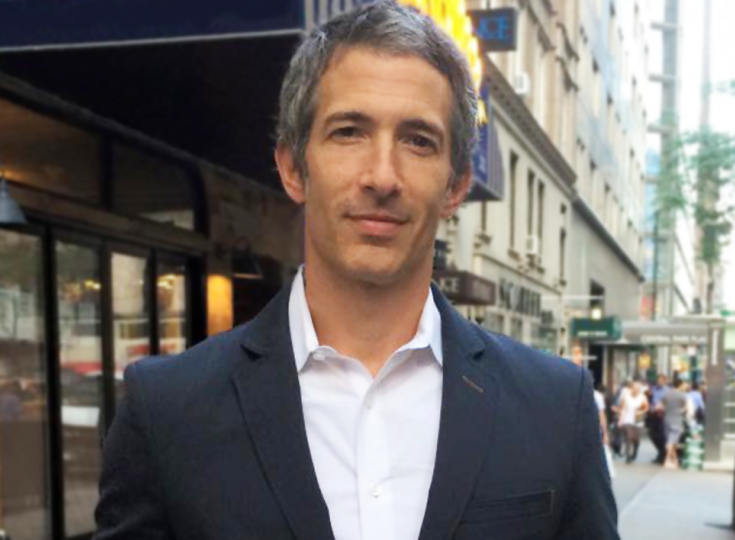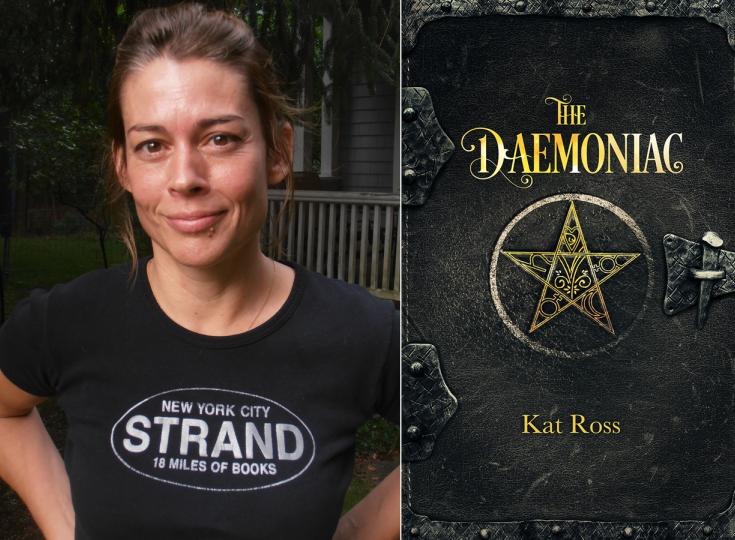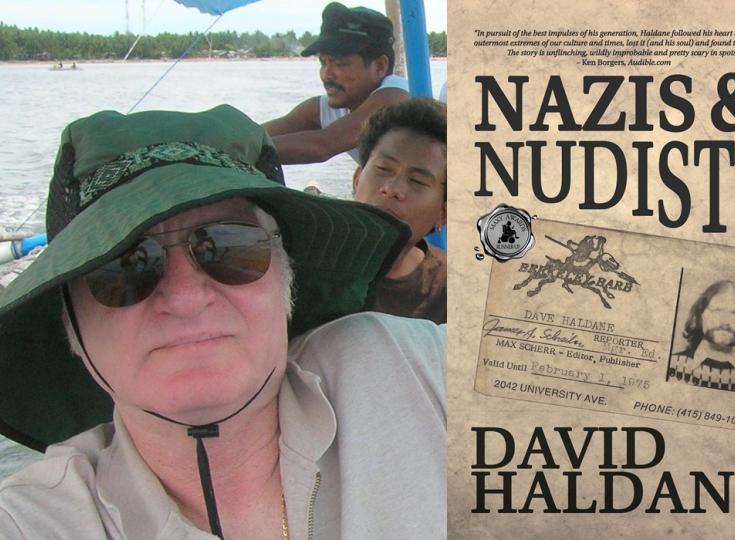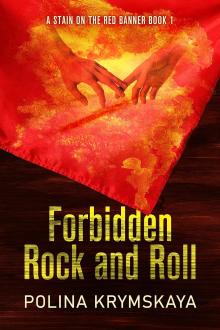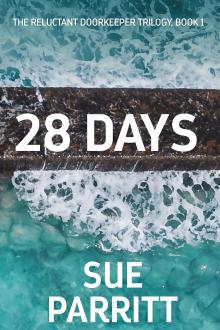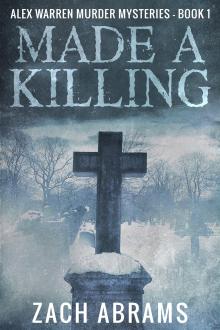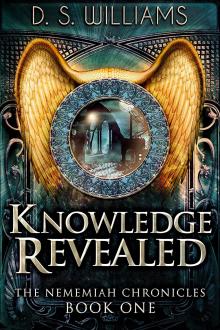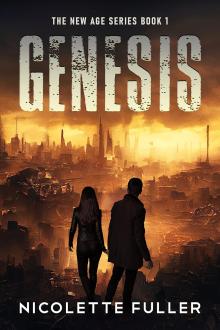Greg Payan - A Brain Bleed, A Life in The Balance, A Love Story
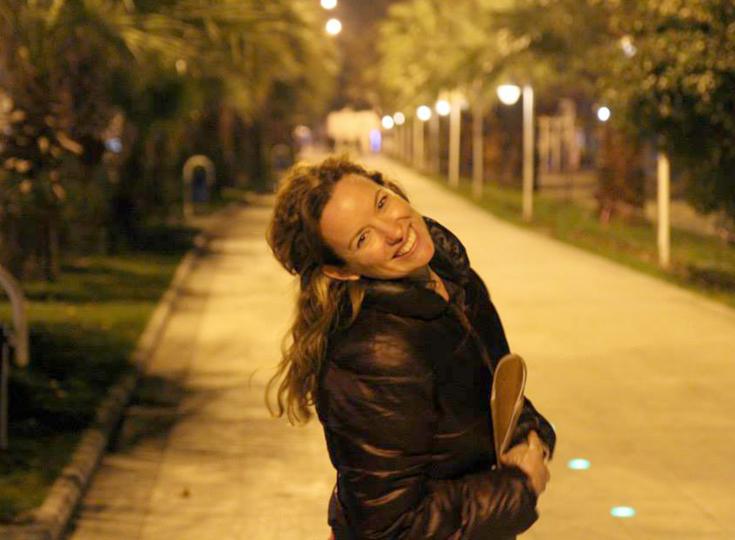
Greg Payan was born and raised in Queens, NY. While working full time as a journalist, fate intervened when his then partner, now wife, was struck by a sudden brain hemorrhage. He detailed the health crisis in his memoir, Please Stay (2018), his only full-length book. As our Author of the Day, Payan tells us all about it.
Please give us a short introduction to what Please Stay is about.
Please Stay is the true story of Holly, a healthy 39-year old college professor struck down by a sudden, near fatal brain aneurysm. The story is told mostly via a series of texts, emails and social media messages. Readers learn about her through letters sent by close friends and former students, who sent memories to be read at her bedside while she was on a respirator, fighting for her life, about the impact she had on their lives as they plead with her not to die. The book recounts her 24 days in the ICU and remarkable recovery from a grade IV brain hemorrhage. As one neurosurgeon told us “80% of people die from a grade IV brain hemorrhage, and of those that live, 80% wish they had died.”
What inspired you to publish this memoir?
Two years after her initial bleed, and after making it through numerous complications, I realized I had a real-time narrative of the whole ICU experience. Every text, every e-mail, and all correspondence were captured in a very emotional way as it was happening. I thought it was a unique and brutally honest way to tell the story. I just had to include my words and recollections into it to form the narrative. I hope it’s relatable for a lot of people, not just those stricken by a ruptured aneurysm, but those who have been caregivers and/or sitting vigil at a hospital waiting for a loved one to recover.
Some of the moments in the book are very personal - did you have any difficulty sharing this with the outside world?
I look back on my words at that time and think they were a bit maudlin and out of character, but then I try to think what anyone would have been thinking if experiencing what I was. The most important person in my world might die or recover and be nothing like the person they were before. There was so much going through my head at that time that while my words or sentiments seem a bit emotional looking back, I also think it’s reasonable. As long as Holly was ok with me putting the book out there, I wasn’t concerned about people seeing my thoughts and emotions laid bare.
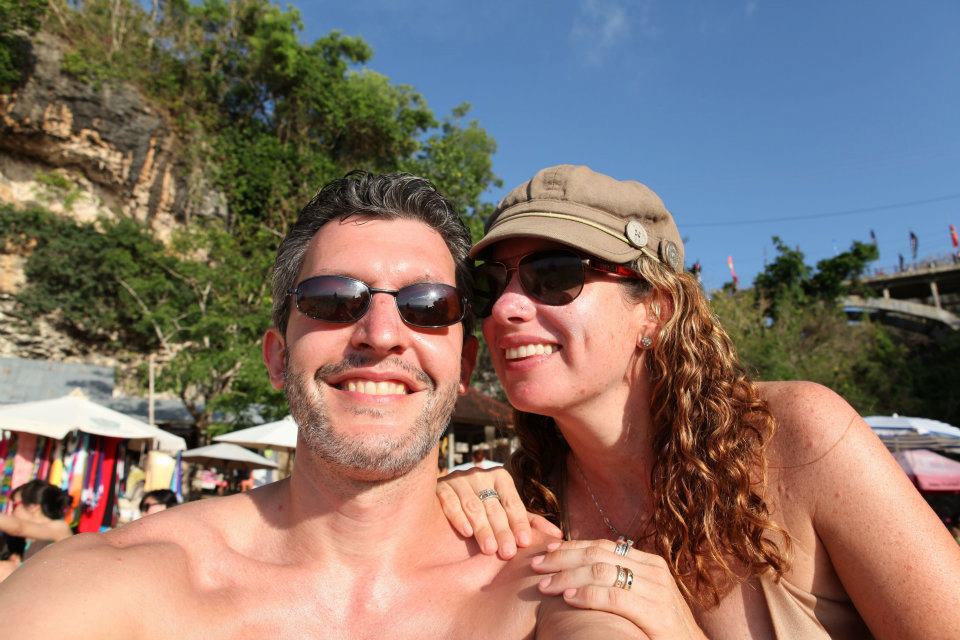 Traveling Bali before Holly's aneurysm.
Traveling Bali before Holly's aneurysm.
In what way is this memoir also ‘a love letter’ as someone suggested?
That comment was said by my first editor who looked it over. She thought the book was great. She shared with me that she was surprised after reading a book about a medical crisis, that she walked away saying in many ways she felt it was like a romance book. She felt that it was not only a love letter to Holly, but also to Holly’s sister Sharley who helped me so much emotionally during the journey.
What was the most memorable moment for you during the 24 ICU days?
Wow, that is tough. The saddest moment was when they let me see her at the end of her first day of her bleed. It was very real at that point, her being unconscious and hooked up to all sorts of machines keeping her alive. It was 15 or 16 hours after I had last seen her because it took that long to stabilize her. I was trying to talk to her not knowing if she could hear me, while also wondering if she would ever wake up again was pretty overwhelming. The moment that gave me hope was an interaction after her craniotomy. While Holly at that point was not able to talk, or open her eyes, I saw her surgeon walking out of her room as I was walking in. I asked how she was doing and while he was always very guarded in his optimism, he said Holly could raise her leg on command and squeeze his hand when he asked her to. He said with some enthusiasm “Those are complex neurological functions. We’re in the game….” And then walked away. There was so much to still deal with but there was a glimmer of hope at that point.
Please Stay calls readers to question their own legacies - was this intentional?
When I was young and taking literature classes I remember the analysis that we did in class of famous published works, and I wondered if that was what the author ‘truly’ was thinking when developing a certain character, or how that character interacted with others. I always wondered if the author was conscious of that’s how others would interpret their words. In this instance, where you reference a reviewer’s comment, I don’t know if that was my intent. In retrospect, I do think it accurate though. In reading what friends and former students wrote about Holly, it becomes crystal clear that even if she had died, her legacy would have lived on through others and how she had positively impacted their lives. It does force you to think about yourself and one’s legacy I’d imagine as you read the book.
You also included photographs and images in the book. Why?
I thought about this for a while. Not many books have photos or images these days, but after a bit of thought, I simply felt it was a better way to tell the story. I think the reader gets to see Holly and I on our first date in Mexico in 2004; they get to see the actual scribble Holly wrote with a breathing tube down her throat, struggling to communicate as she woke confused and scared in a hospital bed on a respirator; and they see the actual note that Sharley and I taped under her bed as she was wheeled to the operating room, not knowing if she would make it out of surgery, and what condition she would be in if she did. I think those images are powerful for the reader to actually see as opposed to visualize through my words. I would have included more, but the publisher put a limit on the number of them that I could include.
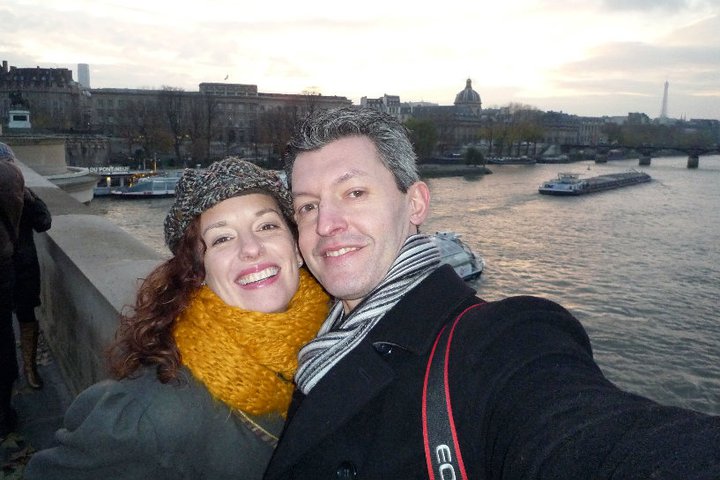 Traveling Paris before Holly's aneurysm.
Traveling Paris before Holly's aneurysm.
Some readers say that they cried throughout the entire book, others say that this is not a book that is full of sadness. How would you describe it?
I think it’s an emotional book which means hopefully that the reader experiences a lot of things. I think they will come away happy that Holly recovered, but also while understanding that living through a trauma can leave some lasting damage and scars for the loved ones that experienced it on the front lines as I did with Holly. I love every day of my life with her, but there will be a part of me that I lost having gone through the experience.
What do you hope that readers will take away from this book?
I hope they find it an interesting read, and a really different and honest way to tell a story. I hope that they see in Holly, as the lead character, all the wonderful things I do in having a relationship with her. I hope they see her wonderful characteristics early on in the book and root for her to come through the experience. I hope those who have had a health crisis or have dealt with loved ones who possibly have can draw some hope from her recovery too. For those with no such connection, I just hope they read a really interesting story of what happens to a normal couple when fate intervened in a dramatic and scary way.
Instead of writing the story the traditional way, you are telling it via a series of texts, emails and social media messages. Why did you take this approach?
That was the framework from which the book started. I had all correspondence from those 24 days in the ICU, verbatim as a crisis was happening. That was the story right there, and I thought if I can form the narrative around that correspondence that it would be different than any book I had ever seen. I initially wanted to begin the book with my first e-mail to my colleagues to illustrate how mundane I thought the issue was – Holly enduring a bad headache and I’d be late for work and just seeing the drama unfold from that. But I was convinced that my words needed to be more prominent, both in the beginning and throughout.
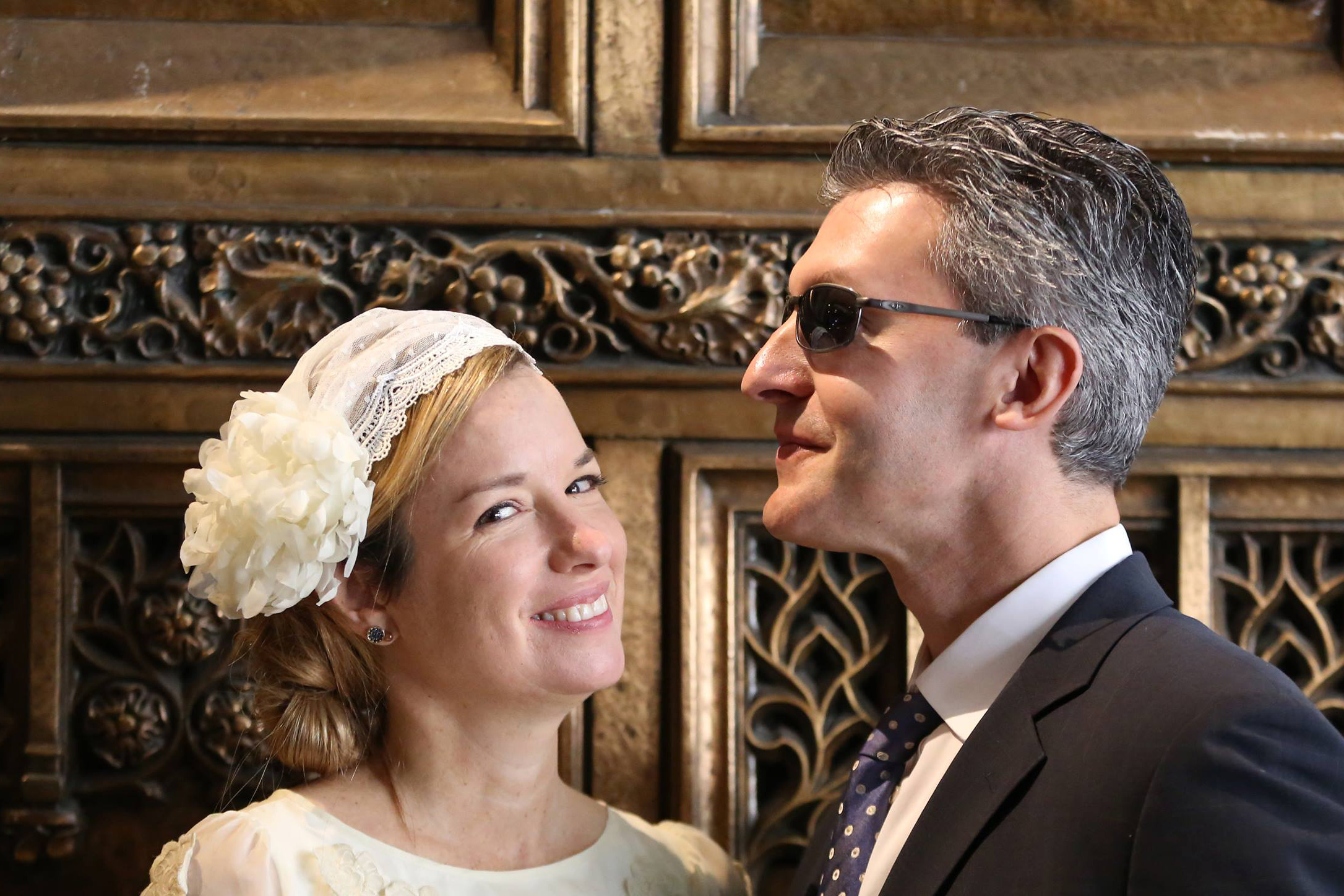 Wedding day post aneurysm.
Wedding day post aneurysm.
What has readers' reactions to the book been like? And how are you doing now?
I’ve been pretty pleased with the reactions. Obviously, some people are biased, as they may know me, or Holly, so it’s when you see an anonymous review posted online, that it really resonates, and then you think- ‘wow.’ maybe I put something out there that moves people or influences them in a positive way. And some friend reactions have been great too. One friend who spoke to me about it last week told me how he was amazed by it. I politely thanked him, thinking to myself – of course, you’re my friend and supposed to say that, but when he sensed me being dismissive, he reiterated – ‘No Greg, really, the book is pretty incredible.’ That meant a lot. As for how I’m doing. I still struggle every day. But it’s fine. If you said I’d have this emotional state for the rest of my life if Holly got through this crisis largely unscathed and with no life restrictions, I’d have made that deal 100 times out of a 100.
Where can our readers discover more of your work or interact with you?
I recently launched a FB page.
https://www.facebook.com/pg/pleasestaybook/about/?ref=page_internal
I encourage people to check it out. There are a lot of photos and other notes and such that I was unable to include in the book. Anyone can reach out to me through that forum and I welcome such.
